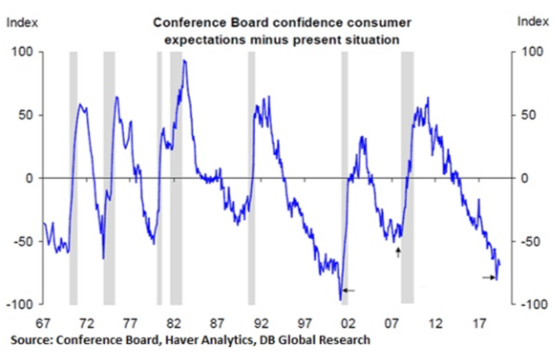An epic Tug-O-War ensued in mid-April between the Fed and the bond market that shows no signs of going away, even if the Fed is hinting at their ultimate defeat. While the Fed was still sounding hawkish about rates and their projections showed more tightening ahead, the bond market began to move in the exact opposite direction. The 10-year Bond has now dropped from a yield of 2.6% two months ago to under 2% today. While the Fed has been saying the economy and labor market remain on track for growth, the bond market was screaming recession with an inverted yield curve.
There was some capitulation by the Fed in their June meeting. While they did not cut rates, they all but announced there would be a rate cut at the July meeting. Each Fed governor, whether a voting member or not, provides their personal estimate of where rates are headed. As of today, 8 of 17 believe a rate cut will happen this year with 7 of those 8 expecting a cut of 50 basis points by year end. That leaves a thin majority forecasting rates will remain unchanged.
The data over the last month certainly seems to be supporting the bond market’s view of growth. Capex spending has fallen sharply as the benefits of the corporate tax cuts have diminished, the ISM Purchasing Managers Index continues to fall and is at 2016 levels, and employment growth has fallen off a cliff. Add to poor corporate data that shows rising delinquencies at the consumer level and you can understand why the bond market is acting like the Fed may be too late in spiking the punch bowl.

